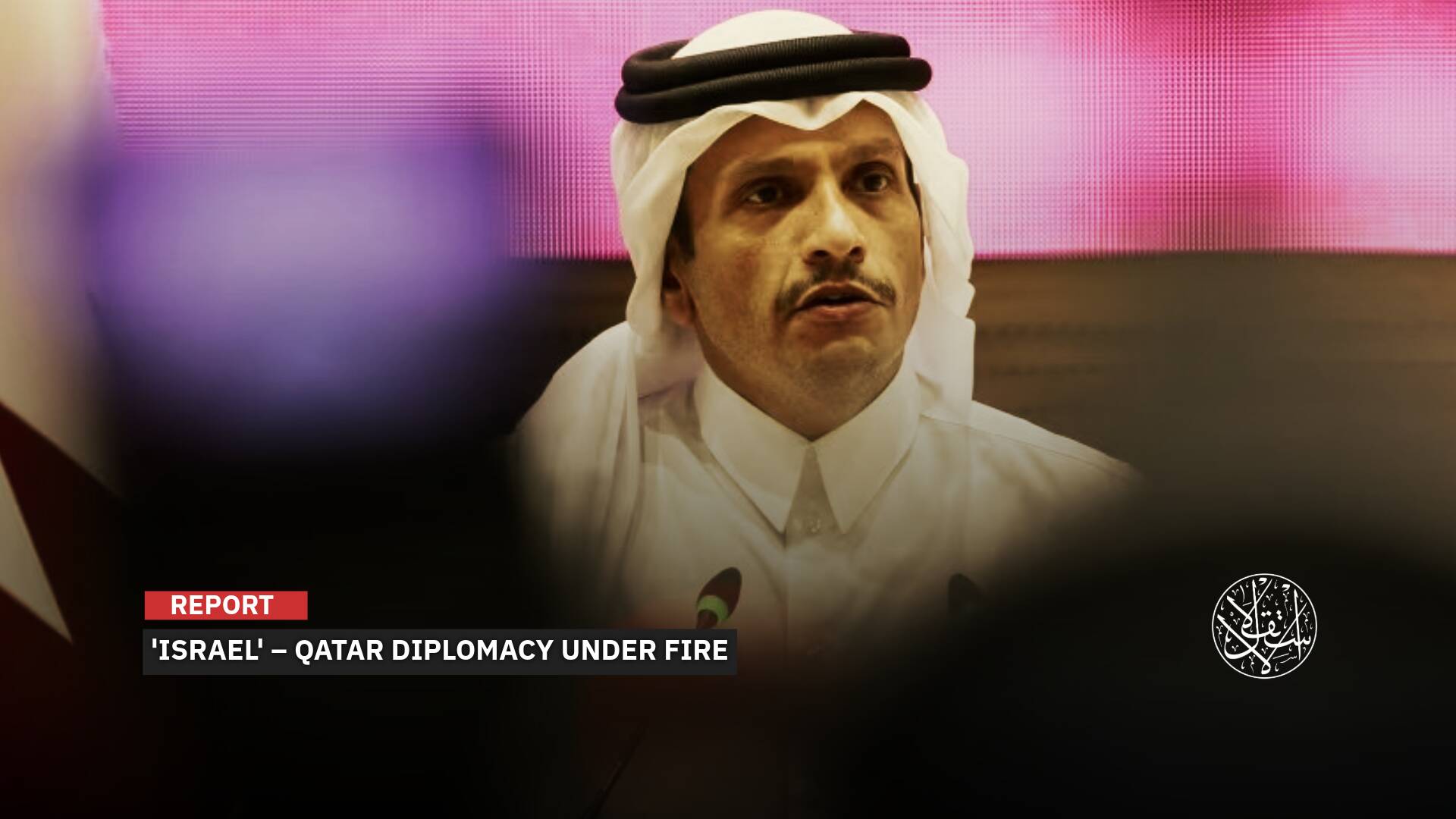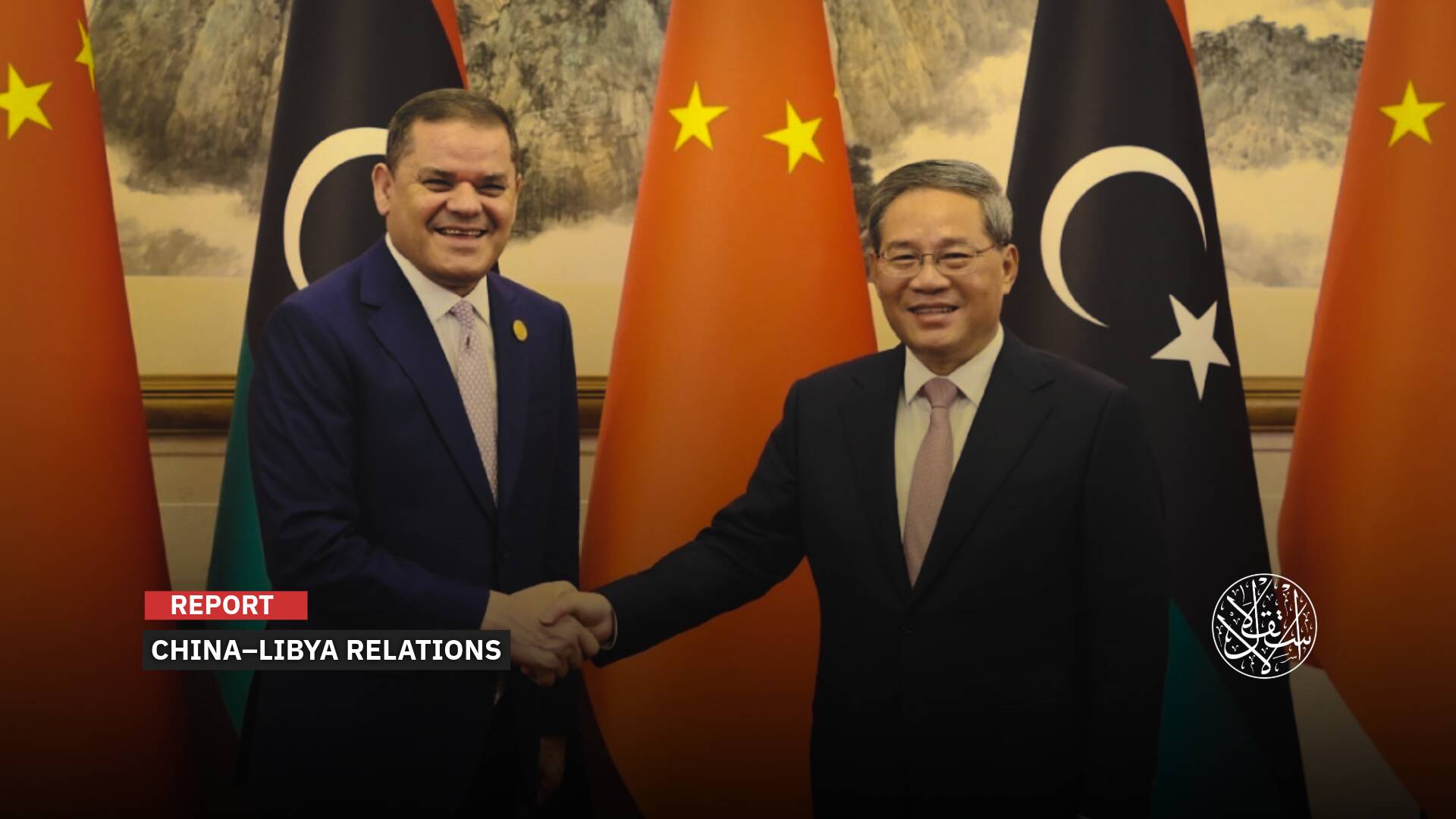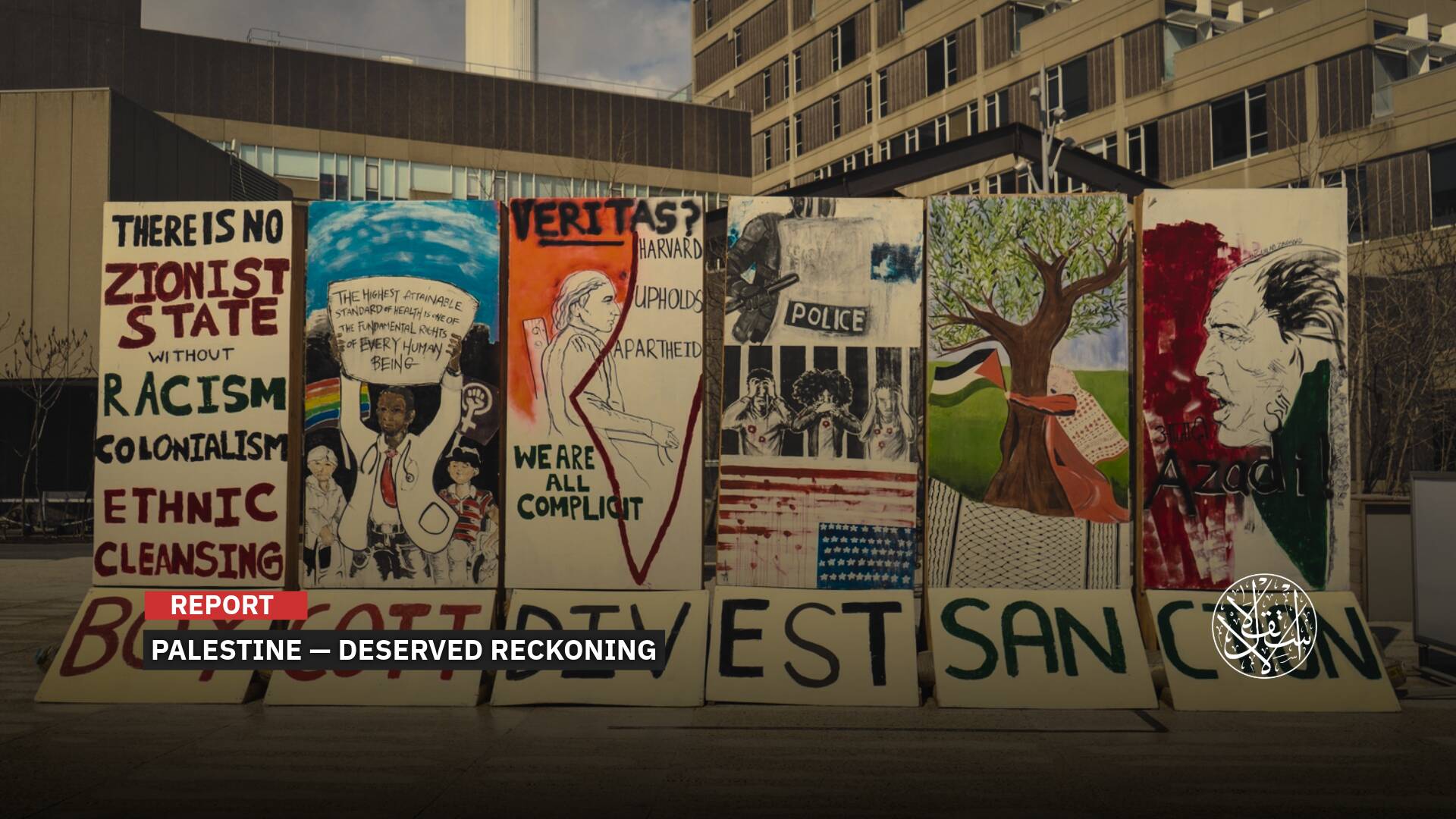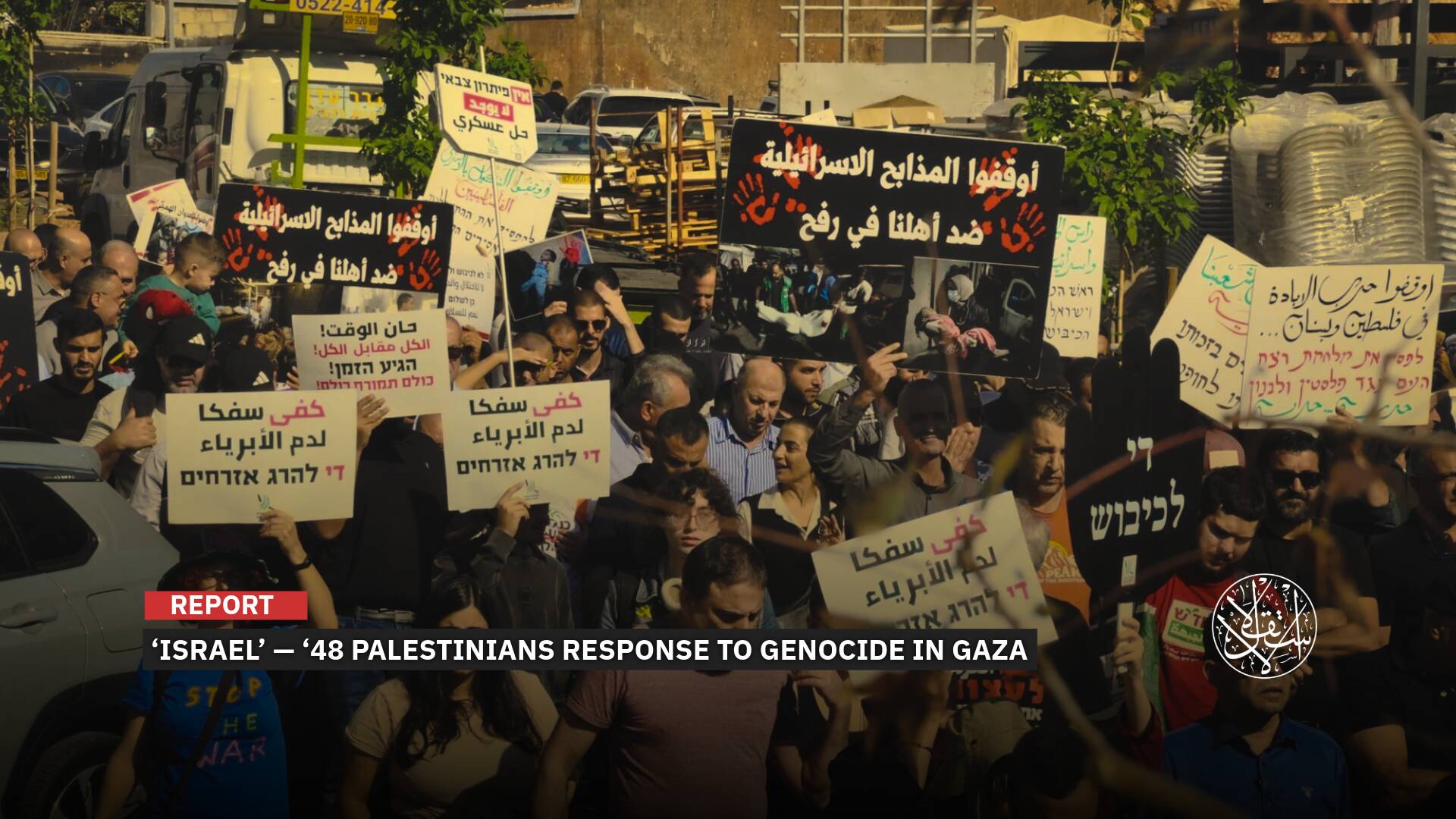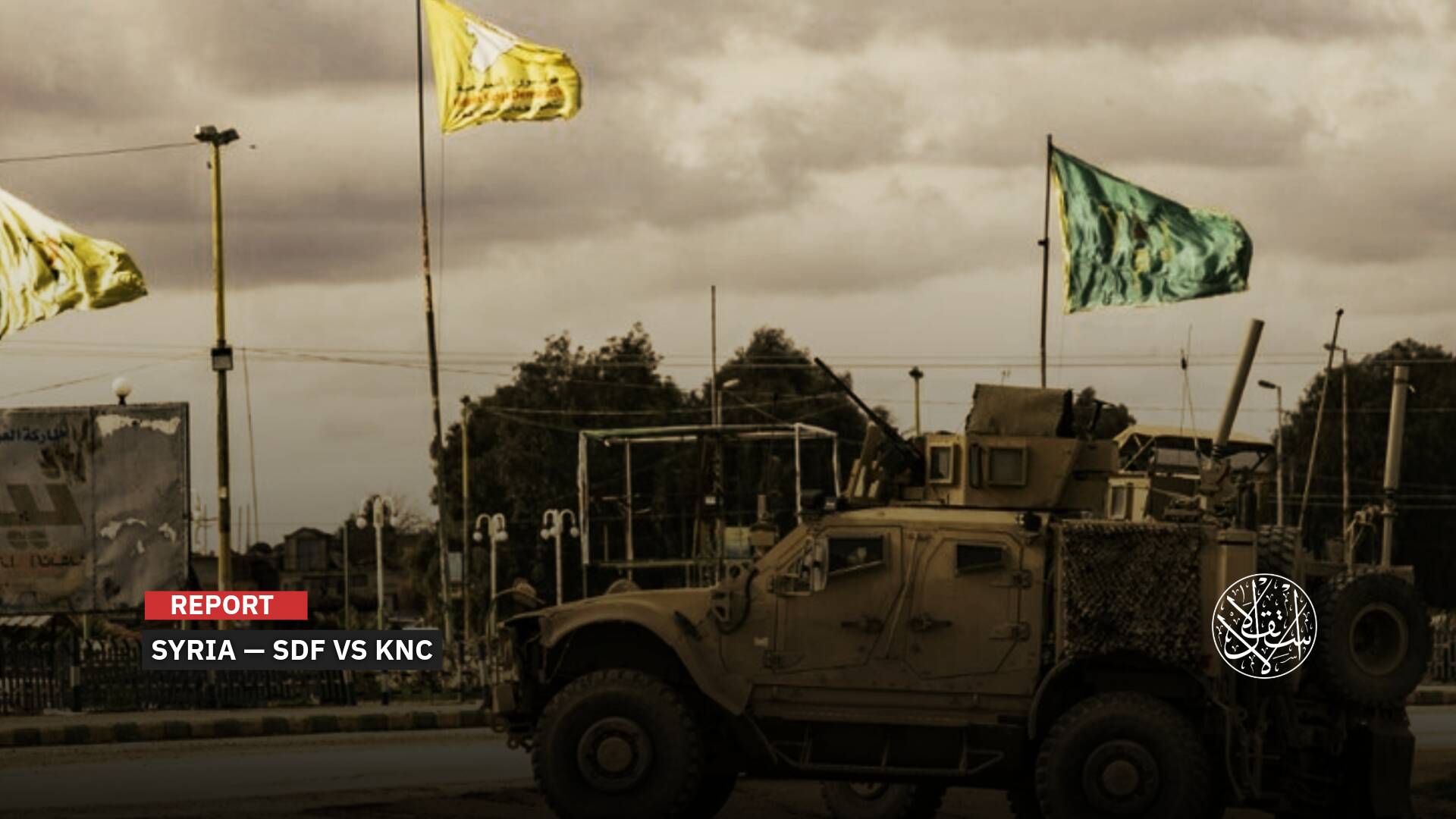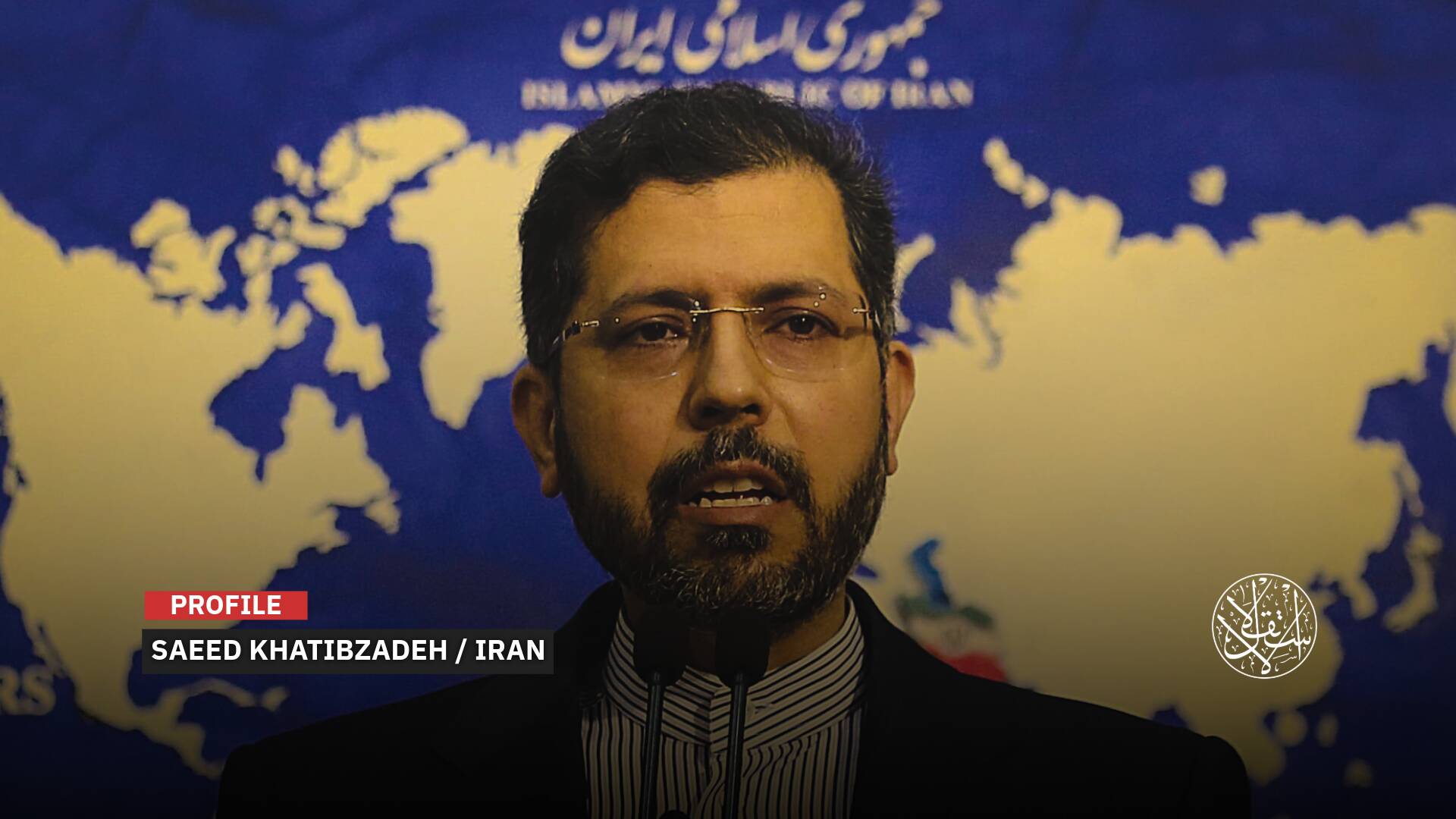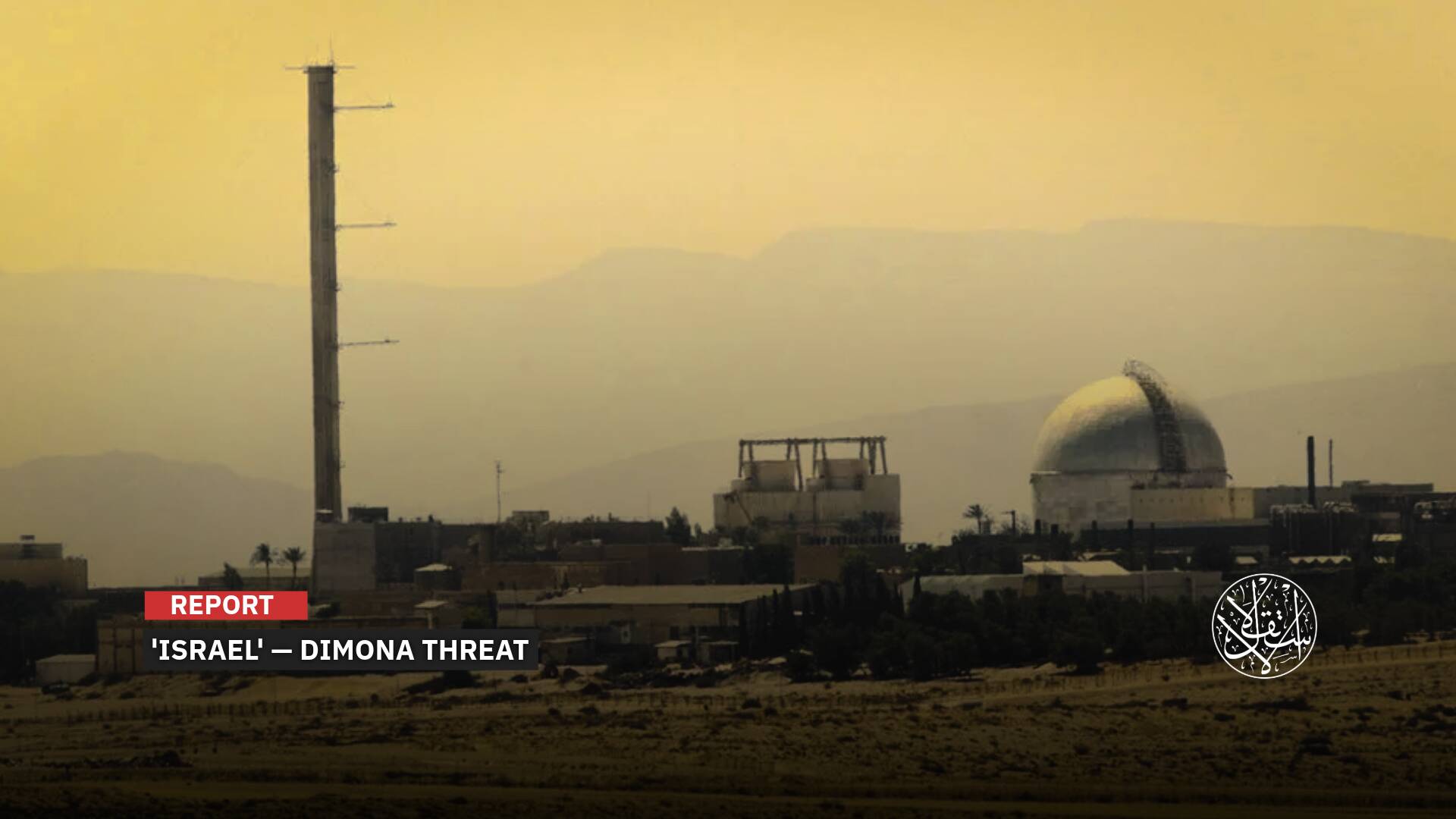This is how Foods Reveal the Political Situation of Moroccans

“The Arabs ate camels, so they took from them jealousy and harshness, and the Turks ate horses, so they took ferocity and strength from them.” A saying written by Ibn Khaldun in his famous introduction, showing the extent to which foods influence the nature and culture of peoples, a field that later gained the attention of many anthropologists and writers.
Many interested persons issued studies concerned with this part, and some of them even went as far as to say that food reveals the history and balances of relationships in society. The Moroccan people are considered one of the most prominent people affected by food.
The French anthropologist Claude Lévi-Strauss explained that dealing with food is not isolated from the cultural system to which the food actor belongs. Every food and every possible measure for this food is based on a cultural process.
Moroccan sociology professor Abdel Rahim Al-Otari was one of the researchers in the field through his book “The Kinship of Salt… The Social make up of Food,” where he said: “There is no silent food.”
How did the political circumstances affect the Moroccan table, and what are the most important historical stages that left their mark on it?
Years of Hunger
Moroccans treat food with a kind of reverence, and they call it "grace" in various situations.
Al-Otari says in his book: “The bread must be kissed and removed from the road if it is found. The two testimonies must also be completed, and small or few pieces or plucks should not be left on the table. Food, is a blessing and the blessing should not be squandered or wasted.”
This reverence for Moroccans is due to what the region and the country knew from the periods of scarcity of rain and sometimes drought, which could last more than one agricultural season, and resulted in many famines and calamities in the past.
The historian Ismail Al-Alawi explains this in one of his researches, by saying: The country has known 42 drought periods since the beginning of the Islamic conquest in the 7th and 8th centuries until the 20th century; Which means that no generation was spared for 1,000 years from enduring the effects of drought and its living and epidemiological consequences.
The storage (the place of food storage) expresses a preventive and counter strategy that reflects the Moroccans’ fear of “the enemy’s attack” and the need to prepare in advance for it, according to the book “The Kinship of Salt.” Before adding “but even at the moment when hunger becomes the present text, the Moroccan resorts to the mechanisms of negotiation and adaptation to reality.
This appeared, according to the writer, by confronting this reality with a kind of tampering, which was strongly evident in times of hunger and fatigue in which Moroccans resorted to engaging in food behaviors that sometimes exceeded the issue of ornament and sanctity, and with justification from scholars.
During the Bon years (the famine due to the French colonial takeover of the country's resources), some scholars issued a fatwa that it is permissible to eat pork. They also resorted to eating locusts and some plants, and poor Moroccans in particular were permitted, during the years of the crisis, to eat carrion, human meat, cats and dogs. In fact, this is done in the most extreme degree of hunger, which makes the metabolism move towards the opposite in an attempt to preserve Life and continuity insurance, according to Al-Otari.

Subsistence Measures
Moroccans lived governed by a subsistence economy and harsh environment before the modern structures introduced by European colonialism in the twentieth century, according to what Moroccan historian Mohamed Habeida mentioned in his book “The Vegetarian Morocco: Agriculture and Food before Colonialism,” which is what agriculture depended on with the abundant rains in the sky, and the farmers old techniques.
These factors made production weak and food little; This is what prompted people to subsist on grains, legumes, vegetables, fresh and dry fruits, olive oils and argan seeds in normal times, and wild plants in times of drought and famine.
Hobeida explains that meat was a "ceremonial item" in pre-colonial Morocco related to family or religious occasions; This is shown by the scattered data within the historical sources, which makes the dominance of vegetarian food on Moroccan tables a “spontaneous vegetarian system” far from any medical, environmental or moral perception, as he put it.
Despite these different circumstances, Moroccans’ eating habits have not changed much, and it can be said that there is a slow change in the dietary habits of Moroccan society, especially traditional ones, according to Dr. Naima Al-Madani, Professor of Sociology and Anthropology at Cadi Ayyad University in Marrakesh.
Political Affiliations
The writer of "Kinship of Salt" stated that "when we trace the path of human interaction with any kind of drink or food, we discover paths from the cultural structure that goes beyond the food itself, to the social, religious, economic, psychological and political structure, and we almost cross accordingly to their imagination and their view of the universe."
Thus, we dismantle many of the cultural codes of any society through its food and table. Al-Otari says: “The simple or high-heeled dish remains expressive and carries many aspects of reading possibilities. It is significant in terms of content, form and meaning that it produces, and builds its continuity or position from it.
While Dr. Naima Al-Madani believes that what influences Moroccan food habits is the cultural and social aspect, in a first degree even more than the natural aspect. As the availability of a food product in a specific geographical segment does not mean that it is issued to the dining table in that region, as the inhabitants of some coasts can avoid serving fish to guests because they may not consider it a festive food.
From the political aspect, according to the Al-Estiklal spokeswoman, it has little effect on the semi-fixed Moroccan food habits, as we find the politician, whatever his affiliation, has regional and national Moroccan dietary habits that do not change with the change of his political affiliation.
Religious Connections
In his book “Diwan al-Ma’idah,” Saad Sarhan said: The couscous is “usually served in a heavy bowl that squats in the middle of the table or on the ground, forcing its eaters to circle around it, making itself a focus and a symbol of the culture of sharing, as well as being emotionally linked to Fridays, occasions and dikr episodes".
The Moroccan society’s preservation of traditional food habits, according to the anthropologist, is due to its socio-cultural dimension, which made it part of the Moroccan heritage, and thus a means of expressing Moroccan identity and belonging. Therefore, food habits enable the person to identify the characteristics of Moroccans and their cultural tributaries.
The Al-Estiklal spokeswoman believes that in view of Morocco's availability of different regional food habits, it is sufficient to look at the Moroccan family's kitchen to know its regional origins, as well as to explore its African depth. Such as the case for national couscous as an African dish, Important in religious and social celebrations in Morocco.
The university professor adds, "We hardly find radical changes in the history of Moroccan food habits. The Moroccan diet, as an African system, depends primarily on grain, and this is confirmed both in ancient sources that dealt with the history of food in Morocco, or in national research on food expenditures. Moroccans depend on bread as a staple food in all meals, and it has religious symbolism in Morocco as a sign of sustenance.
That is why when we talk about the transformation of Moroccan dietary habits, this matter refers only to the entry of fast food into the Moroccan diet, especially in urban areas, due to a set of family and professional social constraints.
However, the fast food remained individual and not collective, given that Moroccan dishes were originally group dishes, and they were not able at all to penetrate the Moroccan festive cuisine, both social and religious, as a traditional kitchen par excellence, according to Al-Madani.


